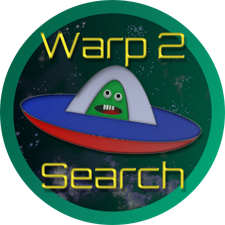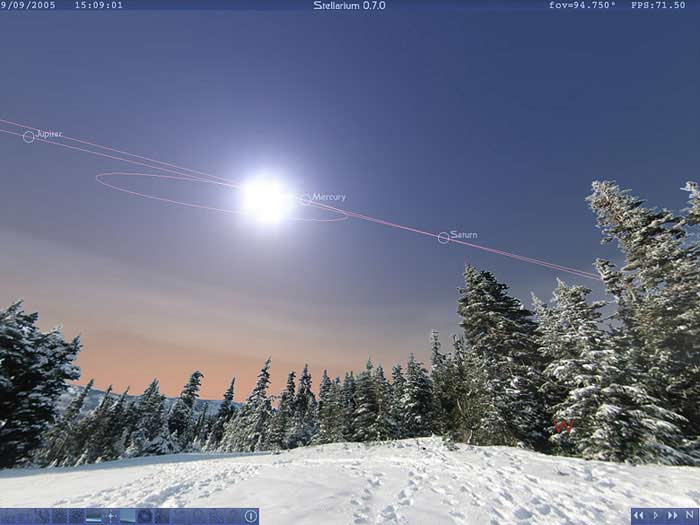Stellarium 25.2 has been released, enhancing its reputation as a premier free and open-source planetarium software. This application offers a highly realistic 3D representation of the night sky, allowing users to explore celestial objects as they would appear to the naked eye, through binoculars, or with a telescope. It can also be utilized with planetarium projectors, making it a versatile tool for both amateur astronomers and educational institutions.
Key features of Stellarium include a comprehensive catalog of over 600,000 stars, with additional access to more than 210 million stars from external catalogs. Users can view detailed illustrations of constellations, nebulae from the full Messier catalog, and an accurate depiction of the Milky Way. The program also simulates atmospheric effects, including realistic sunrises and sunsets.
The user interface is designed for ease of navigation and includes powerful zoom capabilities, time control functions, and a multilingual setup. Users can customize their experience through scripting to create personalized shows and utilize various projection modes for planetarium domes, including fisheye and spherical mirror projections.
Stellarium also offers several visualization features such as equatorial and azimuthal grids, realistic star twinkling, shooting stars, and eclipse simulations. Users can further personalize their experience by adding deep-sky objects, landscapes, constellation images, and custom scripts.
In addition to its existing features, future updates could focus on enhancing user interactivity, integrating augmented reality capabilities, or expanding the educational resources available within the software. This would not only increase its appeal to casual users but also to educators and students looking to deepen their understanding of astronomy. The potential for community contributions and advanced customization options could also foster a more engaged user base, leading to innovative uses of the platform in both professional and recreational settings
Key features of Stellarium include a comprehensive catalog of over 600,000 stars, with additional access to more than 210 million stars from external catalogs. Users can view detailed illustrations of constellations, nebulae from the full Messier catalog, and an accurate depiction of the Milky Way. The program also simulates atmospheric effects, including realistic sunrises and sunsets.
The user interface is designed for ease of navigation and includes powerful zoom capabilities, time control functions, and a multilingual setup. Users can customize their experience through scripting to create personalized shows and utilize various projection modes for planetarium domes, including fisheye and spherical mirror projections.
Stellarium also offers several visualization features such as equatorial and azimuthal grids, realistic star twinkling, shooting stars, and eclipse simulations. Users can further personalize their experience by adding deep-sky objects, landscapes, constellation images, and custom scripts.
In addition to its existing features, future updates could focus on enhancing user interactivity, integrating augmented reality capabilities, or expanding the educational resources available within the software. This would not only increase its appeal to casual users but also to educators and students looking to deepen their understanding of astronomy. The potential for community contributions and advanced customization options could also foster a more engaged user base, leading to innovative uses of the platform in both professional and recreational settings
Stellarium 25.2 released
Stellarium is a free, Open Source planetarium for your computer that shows a realistic sky in stunning 3D. Also available as a Portable version.


